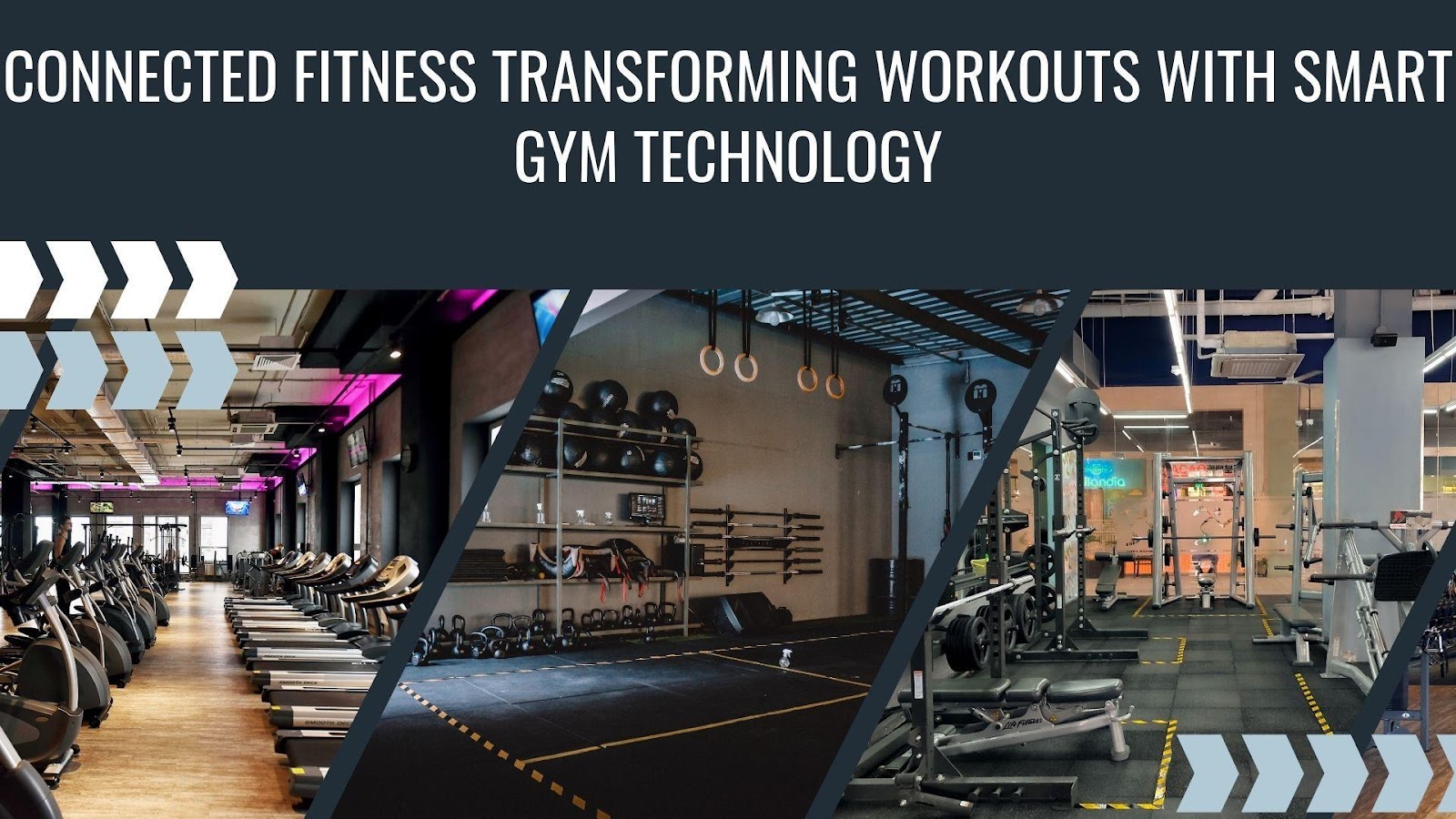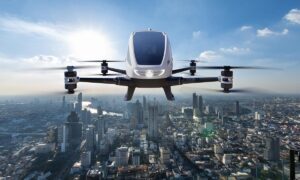The fitness industry is undergoing a revolutionary shift with the integration of Internet of Things (IoT) technology, fundamentally changing the way individuals engage with exercise. Garvit Chandna, an expert in fitness technology, explores how smart gym equipment is shaping the future of fitness by incorporating advanced sensors, artificial intelligence, and real-time performance monitoring. This evolution is not just enhancing workouts but also redefining safety, personalization, and facility management in unprecedented ways.
Smart Sensors: The Core of Intelligent Workouts
At the heart of connected fitness lies sophisticated sensor technology that tracks user movements with medical-grade accuracy. Modern gym equipment is now equipped with inertial measurement units (IMUs), force-sensitive resistors, and electromyography sensors that can analyze motion patterns, muscle activation, and exercise efficiency with precision. These advancements ensure that workouts are optimized for both performance improvement and injury prevention.
Real-Time Performance Monitoring for Enhanced Training
IoT-enabled gym equipment provides users with instant feedback on their exercise form, heart rate, and force application. This real-time tracking system, powered by AI-driven analytics, adjusts workout intensity and resistance dynamically, ensuring a highly personalized fitness experience. Platforms like Fitli further elevate this by integrating smart class scheduling, payment handling, and client messaging into the training workflow—so users stay motivated, booked, and supported without distraction. Research indicates that users engaging with these intelligent systems show improved consistency, increased adherence to fitness goals, and enhanced overall performance.
Predictive Maintenance: A Smart Solution for Gym Operators
Beyond user benefits, smart fitness technology is revolutionizing facility management. IoT-driven predictive maintenance systems analyze machine usage patterns to anticipate potential breakdowns, reducing downtime and operational costs. By leveraging cloud-based monitoring solutions, gym owners can efficiently track equipment health, optimize resource allocation, and extend the lifespan of fitness machines.
Personalized Training Through AI and Machine Learning
Artificial intelligence is redefining how workouts are tailored to individual needs. Smart fitness equipment now integrates AI-powered algorithms that assess user performance in real-time, modifying resistance levels and exercise routines based on progress. This innovation not only maximizes efficiency but also ensures that users achieve their fitness goals with scientifically optimized workout plans.
Enhancing Engagement with Live Metrics and Digital Interaction
Connected gym technology is fostering a sense of community and motivation through digital engagement. Features such as live leaderboards, interactive streaming classes, and performance comparison tools encourage users to push their limits while staying motivated. Research suggests that users participating in gamified fitness experiences demonstrate higher retention rates and improved workout consistency.
Virtual and Augmented Reality: The Next Frontier in Fitness
The integration of virtual and augmented reality in fitness training is elevating exercise experiences to new levels. VR-enhanced workouts provide immersive environments, making physical activity more engaging and enjoyable. These systems track user movement with high accuracy, offering real-time corrections and interactive coaching that simulate personal training sessions in a digital space.
Blockchain for Secure Fitness Data Management
As digital fitness solutions expand, data security has become a key concern for users. Blockchain technology is being implemented to protect workout data, ensuring privacy and security while allowing seamless sharing of fitness metrics with healthcare professionals and trainers. This decentralized approach to data management is enhancing user trust and transparency in the fitness ecosystem. The integration of smart contracts enables automated data access controls, while cryptographic protocols safeguard sensitive health information. Advanced encryption methods and distributed ledger systems further strengthen data integrity, creating a secure environment for users to track and share their fitness journey while maintaining complete control over their personal information.
Future Innovations and the Road Ahead
The evolution of connected fitness continues to accelerate, with upcoming trends focusing on biometric tracking, AI-driven virtual coaching, and seamless integration with wearable devices. As users demand more personalized and interactive workout experiences, fitness technology will continue to evolve, pushing the boundaries of what’s possible in exercise optimization. Enhanced motion tracking capabilities and real-time performance analytics will revolutionize home workouts, creating immersive and adaptive training environments.
In conclusion, the integration of IoT in fitness is transforming traditional workout experiences into data-driven, intelligent training sessions. With innovations in sensor technology, AI-powered coaching, predictive maintenance, and immersive digital interactions, the fitness landscape is evolving at an unprecedented pace. Garvit Chandna’s insights highlight the profound impact of these advancements, paving the way for a more connected, efficient, and engaging approach to physical fitness.





























